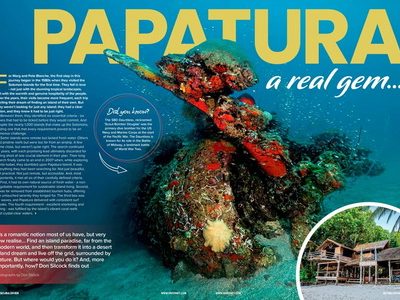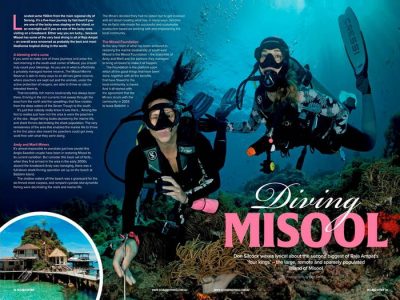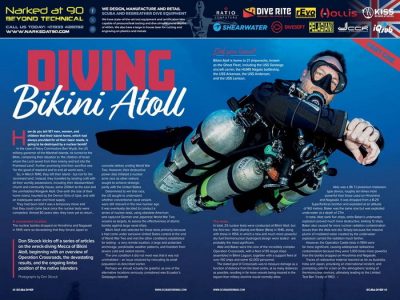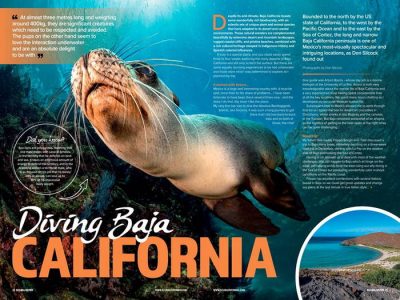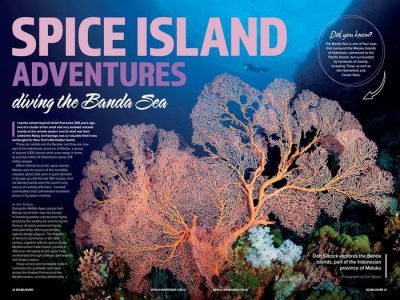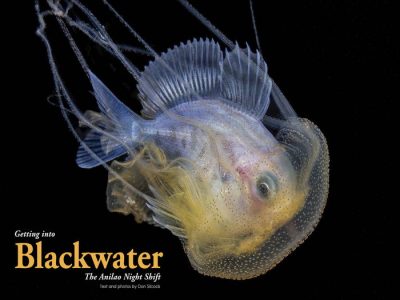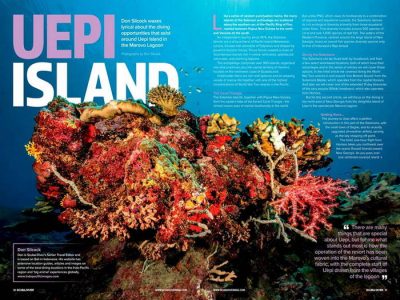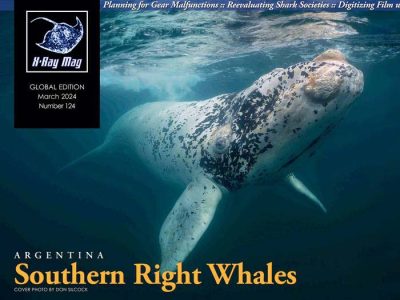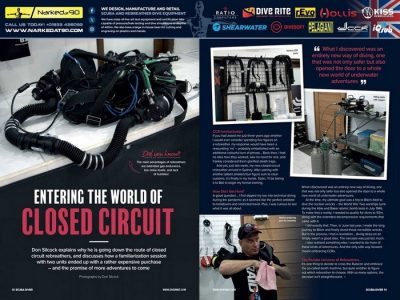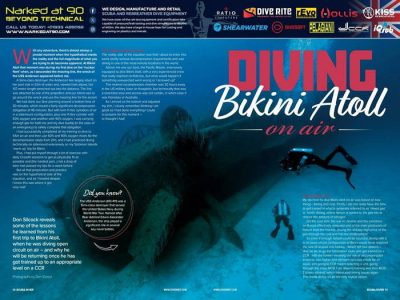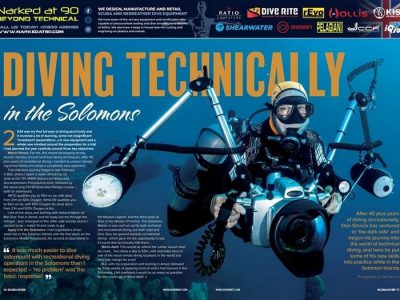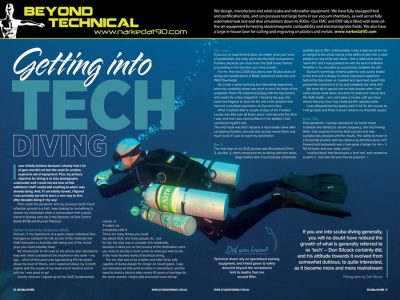
Welcome to Indopacificimages, the website of Bali based Australian underwater photographer Don Silcock. There is nothing for sale and no adverts on this site – just Don sharing experiences from his travels.
Where to Dive in the Solomons
Where to dive in the Solomons… Located at the eastern tip of the renowned Coral Triangle, the Solomon Islands consists of a long string of beautiful tropical islands.
Which are surrounded by the deep trenches and basins of the vast Pacific Ocean to the northeast. And those of the Solomon Sea to the south.
Diving the Solomon Islands comes in two distinct varieties – excellent reefs and numerous WWII wrecks that serve as poignant reminders of the country’s role in the WWII.
While the 1000+ islands of the Solomons are an integral part of the Coral Triangle. Unlike the other countries that form it, those islands derive their intense biodiversity from the rich equatorial currents and counter currents that sweep through the twin archipelagos that form it.
Whereas the other five countries that form the Coral Triangle (the Philippines, the eastern halves of Indonesia and Malaysia, PNG and Timor Leste) are nourished by the incredible force of nature known as the Indonesian Throughflow.
Check out Where to Dive in the Solomons to understand more about this incredibly interesting and diverse country
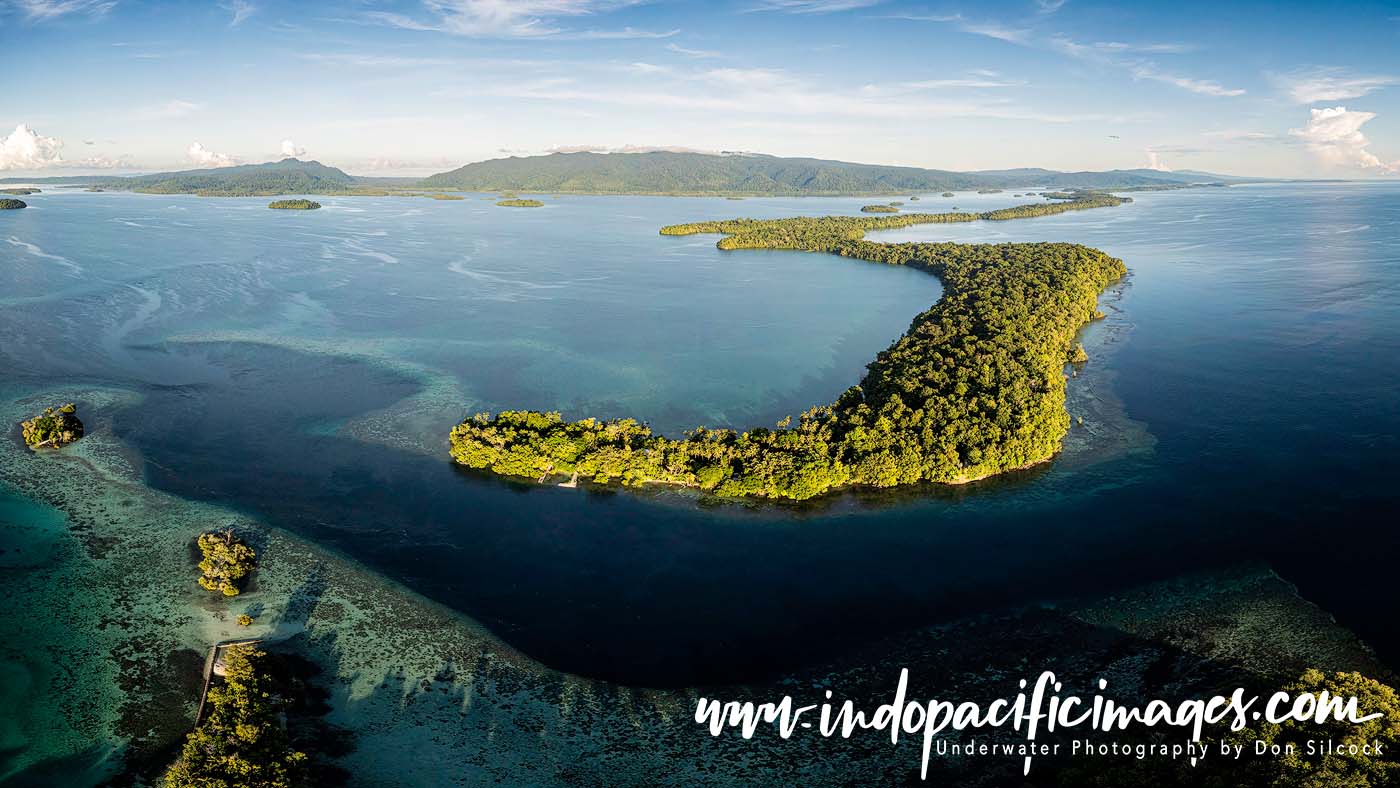
Latest Articles
Diving Papatura – A Real Gem!
Diving Papatura – a Solomon Island’s Gem… It’s a romantic notion most of us have, but very few realise. Find an island paradise, far from the modern world. And then transform it into a desert island dream and live off the grid, surrounded by nature. But where would you do it? And, …
Diving Misool in Raja Ampat
Misool Scuba Diving… The second king – Misool, the large, remote, and sparsely populated island that is the second biggest of Raja Ampat’s “four kings”. It is said that the name Raja Ampat derives from the local folklore story of a woman who finds seven eggs. Four of which hatched and the …
Diving Bikini Atoll – It’s Complicated
Diving Bikini Atoll… How do you tell 167 men, women, and children that their island home, which had always provided for all their basic needs, is going to be destroyed by a nuclear bomb? In the case of Navy Commodore Ben Wyatt, the US military governor of the Marshall Islands, he turned to the Bible. …
Diving Baja California
Diving Baja California… Bounded to the north by the US state of California, to the west by the Pacific Ocean. And to the east by the Sea of Cortez, the long and narrow Baja California peninsula is one of Mexico’s most visually spectacular and intriguing locations. Despite its arid climate, Baja California boasts some …
Diving the Banda Sea
Diving the Banda Sea… It seems almost beyond belief that some 360 years ago, one of a cluster of ten small and very isolated volcanic islands at the remote eastern end of what was then called the Malay Archipelago, was so valuable that it was exchanged for New York’s Manhattan Island. Those …
Blackwater Diving – The Anilao Night Shift…
Getting into Blackwater Diving… The images are what immediately grab your attention – seemingly alien creatures lurking somewhere out there in the dark of night. Long after most people have called it a day! What are these creatures and why are they there? How does it work? Was it …
Diving Uepi in the Marovo Lagoon
Diving Uepi in the Marovo Lagoon… Like a series of random punctuation marks. The many islands of the Solomon archipelago are scattered along the southern arc of the Pacific Ring of Fire, nestled between Papua New Guinea to the north and Vanuatu to the south. An independent country since 1976, the Solomon …
Southern Right Whales of Peninsula Valdés
Southern Right Whales of Peninsula Valdés – The key lies in how you enter the water… Slip ever so gently over the side and swim quietly toward them, always approaching from the front so that the mother can see you coming and assess the level of threat. The mother, ever vigilant for potential orca attacks …
Technical Diving – A Late in Life Guide…
CCR Training – Crossing the Rubicon
CCR Training… After decades of diving open circuit and thousands of hours underwater with scuba tanks, I finally decided to cross the line that divides recreational diving from full-on technical diving: rebreathers. Closed-Circuit Rebreathers (CCRs) have always kind of intrigued me, with their …
Try CCR – Should You Go There?
Try CCR… If you had asked me just three years ago whether I would ever consider spending five figures on a rebreather, my response would have been a resounding no. Back then, I had no idea how they worked, saw no need for one. And frankly considered them glorified death traps. And yet, just …
Diving on Air at Bikini Atoll
Diving on Air at Bikini Atoll… With any adventure, there’s almost always a pivotal moment when the hypothetical meets the reality. And the full magnitude of what you are trying to do becomes apparent. At Bikini Atoll that moment was during my first dive on the “nuclear fleet”. When, as I …
Diving Technically in the Solomon Islands
2024 was my first full year of diving technically and it involved a lot of learning. Some not insignificant “investment” (expenditure…) in new equipment and a whole new mindset around the preparation for a trip! I had planned the year carefully around three key objectives: Match Fitness For me, this …
Technical Diving Match Fitness
Technical Diving Match Fitness… As the end of 2023 approached, I made a decision to approach technical diving from a different perspective. Instead of merely hoping to engage in occasional tech dives. I decided to commit to dedicated trips where there was no option but to dive technically. I …
Getting into Technical Diving
Getting into Technical Diving… If you are into scuba diving, you will no doubt have noticed the growth of what is generally referred to as “Tech”. I certainly have and my attitude towards it evolved from somewhat dubious, to quite interested, as it became more and more mainstream. I was …

